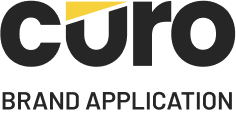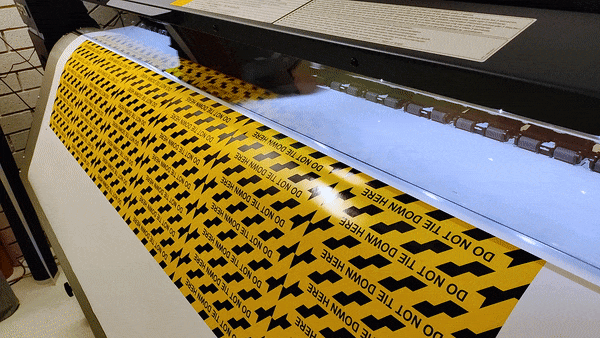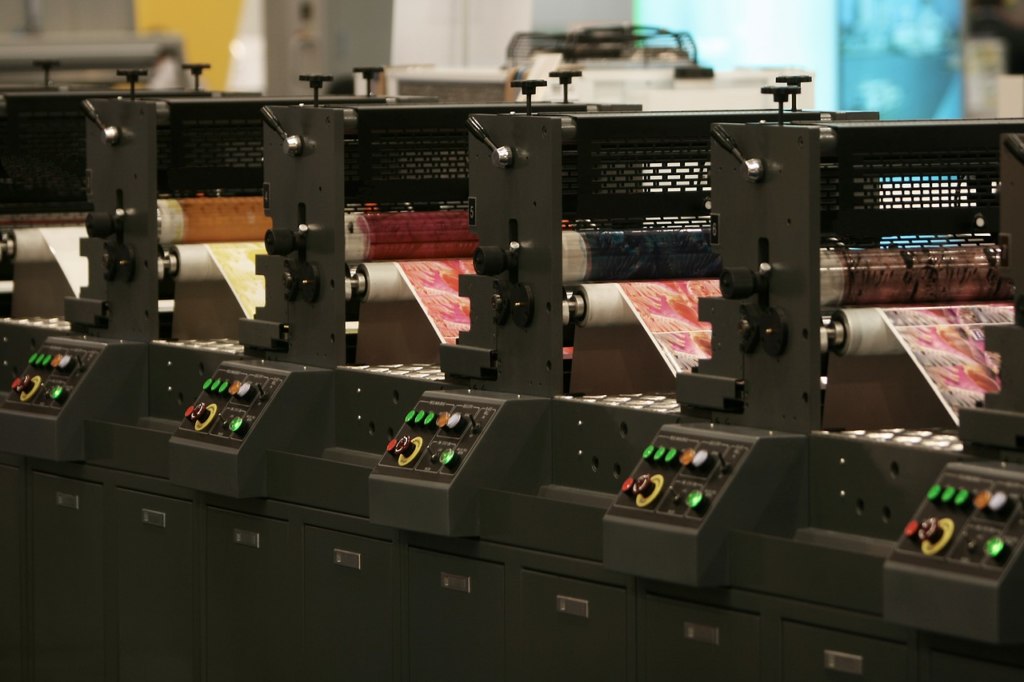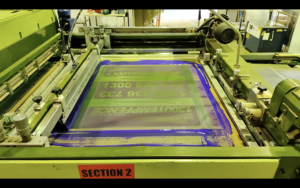Digital Printing and How It Works.
You might be familiar with the digital printing technique and have probably seen digital printers in most homes and offices. This technique has become the popular printing option that is readily available but it might not always be the ideal option for your project or needs. Understanding a printing technique, how it works, the printing speed and the type of result it produces can help you understand how your image or design will look like and if it this printing technique is for you.
In this article we will discuss the digital printing technique, how it works, its advantages and disadvantages along with the different types, with the aim to help people decide if this method is ideal for their needs and how to use this technique to get the best results.
So what is Digital Printing?
Digital printing is a popular printing technique that uses ink or laser to print a digital-based image directly from a computer onto a surface. Most printers found in home and office are digital printers, but these are commercial digital printers that are made more compact and easy to use for commercial reasons. Digital printers used by most printing shops are much larger and powerful than commercial printers.
A Brief History
The first digital printing machine, named “Indigo”, appeared on the market in 1993 made by a company with the same name. HP invested $100 million into Indigo in the year 2000 becoming the first big investors in digital printing, later in 2001 they would go to acquire the company for $629 million. Digital printing since then has steadily increased in popularity over the years making up an estimated 18% of all printing done globally and finding its way into offices and even people’s homes.
How does Digital Printing work?
True to its name, digital printing involves taking a digital image from a computer and printing that image onto a print media using either ink, toner or a laser mechanism depending on the type of printer used.
First a digital image is chosen to be printed, this image can be a picture downloaded from the internet or even a hand drawn picture scanned and uploaded onto the computer.
After the image is selected the specifications and resolution is checked before hitting the “print” button. The digital printer will then start printing the image onto the surface of the print media using either ink or laser mechanism.
The Different Types of Digital Printing Machines
Notably there are two different kinds of digital printing machines, the inkjet printer, and the laser printer. The feature that separates these two printing machines is the method through which the pigment or colour is applied onto the surface.
Inkjet printer
This printer utilises ink which is applied onto the surface by a print head consisting of multiple tiny holes. The print head moves horizontally across the surface of the print media and the tiny holes activate to drop the ink onto the surface. The drops of ink are microscopic and forms a solid-coloured image.
The inkjet printer is slower than the laser printer and the ink cartridge does not last as long, but the colour produced through this method is more vivid.
Laser Printer
Laser printers are vastly different than inkjet printers and more complex. Laser printers use toners, which are electrically charged powdered ink, and a drum to apply the toner onto the paper or surface.
Toner cartridge: Consumable items which contain carbon/iron oxide powder dye which are positively charged and applied onto the paper to create the image.
The Drum: A metal cylinder that receives electrical charges from the laser. It is used to apply the pigment onto the surface.
Laser: It transmits light onto the drum unit, using a series of mirrors, and imprints the shape of the image onto the drum.
Transfer Unit/Roller: Moves the paper through the printer and onto the drum for the toner to be applied.
Fuser Unit/Roller: Helps melt the toner onto the surface so the pigment does not melt and is set properly.
First the drum in the printer rotates next to a “primary charge roller” which applies a negative charge to the drums, then a laser is used to form the image onto the drum, this image is positively charged.
The toner cartridge is located next to the drums and contains negatively charged particles which get attracted to the positively charged areas created on the drum.
A transfer belt or developer roller gives the paper a positive charge, the drum applies the toner onto the print surface, which is attracted to the positively charged areas, hence forming the image. The toner is then melted and set using a fuser which is a heated roller in the printer.
Laser printers are much faster than inkjet printers and the toner cartridge last longer than ink cartridges, although the colour produced is not as vivid as the colour produced by inkjet printers.
Advantages and Disadvantages of Digital Printing.
Digital printing comes with its own advantages and disadvantages over the other printing techniques.
Advantages
- Digital printing is much faster than conventional printing method, like offset printing, as there is no need for printing press, no need to change colour or plates, and an easier initial setup that is quicker and more cost effective than conventional methods.
- It is the only printing technique that registers colour perfectly resulting in perfect multicoloured images.
- The images are easily customisable and can be done quickly without having to change and re-arrange machine parts.
- It is a cost-effective method when printing small batches. These digital presses can run from 15 FPM to 50 FPM only which is ideal for smaller batches around 10,000 items.
- This method can be used to print on a variety of surfaces from glass to fabric although some surfaces might need specialised ink to adhere to.
- This printing method has a low dot gain percentage, no trapping, and a line screen count of 175 which means the image produced will be in high resolution, will have no overlapping colours and the image quality will overall be unmatched.
Disadvantages
- Printing large batches cost much more than conventional printing methods despite the initial cost of setting up a conventional printer. Digital printing is suited more for printing small batches.
- The ink used by digital printers fades much faster than other ink when exposed to direct sunlight.
- The amount of material that you can digitally print on has grown over the years, but it is still pales in comparison to other methods.
- Digital printers, more specifically toner-based presses cannot print white or light colours.
- Digital printers cannot directly print PMS colours but instead stimulate it using CMYK Pantones. There are some newer digital printers that can print PMS colours although they are only mostly used by printing companies rather than individuals.
Is Digital printing the option for you?
Digital printing is ideal for producing complex and detailed images in small batches. Its relatively cheap, easy to set up and can be used to print small images quickly, although it can print medium size images if needed. Photographers and artists love this form of printing as it allows them to print an image that is identical to its digital version, with the details clear and the colour in the image identical to its digital version.
If you’d like to place an order or request a quote, then you can contact us at 1300 627 548 or [email protected] and our experienced staff will help you.








